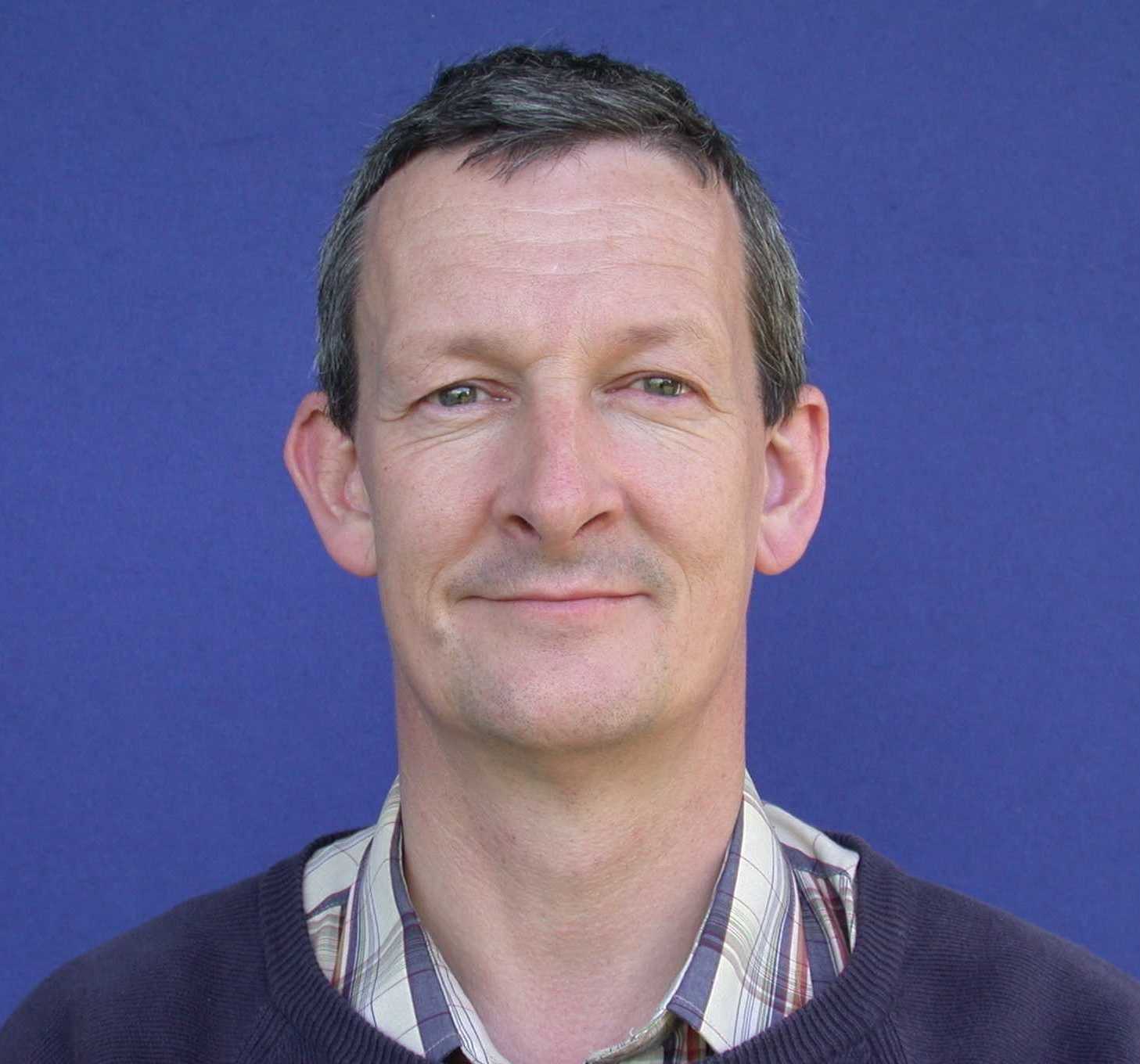What lies beneath: geology research for earthly resources
Professor John Walsh is studying faults in the Earth’s surface to make the most of valuable resources such as oil, water and minerals.
What lies beneath our feet? The complex geometry of the rocks and cracks that layer the Earth can help us access important resources: think oil, water, gas. But where do you start looking?
For decades, UCD structural geologist Professor John Walsh has been analysing faults, or cracks in the earth, across which there has been movement. His results are helping commercial enterprises to find natural resources, and the broader field of geology in Ireland has had a fresh impetus through the Irish Centre for Research in Applied Geosciences, or iCRAG, which Professor Walsh directs.
The stars in our faults
We are familiar with some of the more active faults – like the San Andreas Fault in California – because they are hot zones for earthquakes. But a myriad of living and dead faults criss-cross the earth’s surface and some can be of benefit, notes Professor Walsh, who is joint director of the Fault Analysis Group at UCD School of Earth Sciences.
“Faults can have a positive effect, because they can act as conduits for groundwater, or for fluids to come up through the Earth’s surface and deposit important minerals like zinc or lead at depths where we can access them,” he explains. “The movement of faults can also offset economic resources like hydrocarbons – oil and gas – and if we know the geometry of those faults it can lead us to those resources.”
Professor Walsh’s group in UCD looks to understand how faults around the world behave, particularly in systems where faults interact with each other, he explains. “If you put a pile of people in a room they will behave less predictably than if you have one or two people in a room – in the same way if you have lots of faults together, they interact, they behave differently.”
The UCD group works closely with industry, including a longstanding working relationship with Tullow Oil, and the scientists often use seismic and other data gathered by companies to work out the behaviours of faults. They publish the findings in academic papers, but industry gets the benefit too, explains Professor Walsh.
“We generate the know-how about faults and we produce software that helps industry to better predict fault behaviours,” he says. “If a company plans to spend hundreds of millions of Euro drilling a hole to look for oil or gas then they will turn every stone ahead of time to ensure that it will be worth it, and our know-how and software can help them do that. It is great to be working in an area where you can do academic research that is immediately applicable to real-world situations.”
Cementing geological research
One of the biggest recent shifts in geological research in Ireland has been the establishment of iCRAG in 2015 under Professor Walsh’s stewardship. As a field, it had lagged behind others in public funding, he explains. “Historically we would not have had cohesive funding – we went and got the money where we could.”
The geological research community came together in numbers to propose a research centre, and the result is the Science Foundation Ireland iCRAG ‘supercentre’ that brings together researchers from UCD, Trinity College Dublin, NUI Galway, University College Cork, NUI Maynooth, Dublin Institute for Advanced Studies, Teagasc and industry partners.
Supported by SFI and the European Regional Development Fund to the tune of €18m, plus €8m from industry partners over five years, iCRAG has central themes of focus, including hydrocarbons, marine energy and groundwater access, quality and impact. Another large issue for Ireland is to find new mineral deposits, and iCRAG is on the case here too, according to Professor Walsh. “Ireland has relatively large lead and zinc deposits, but we are down to a single mine now, new mines need to be discovered,” he explains.
iCRAG is now looking at archival mineral data from mines to model the geometry of mineral deposits and build models to predict areas where there could be rich pickings for more. “The research provides a much better backdrop, and industry like that – if they are going to sink investment into a mine they want to know how to access it efficiently and get the best from it,” says Professor Walsh.
Facts on the ground
Many of the research themes in iCRAG have not only important economic implications but also arouse public passions, notes Professor Walsh, citing examples such as wind turbines, offshore gas exploration and water quality. “That’s why we are investing in doing research on public perception of geology and doing public engagement and outreach about the science and impact of geology,” he says.
Recent events included a screening of the documentary Switch, which looks at energy options for the planet, followed by a discussion with Professor Walsh and broadcaster and geologist Professor Iain Stewart. iCRAG is also working with another SFI supercentre, The Synthesis and Solid State Pharmaceutical Centre at the University of Limerick, to run a hands-on competition where school students grow crystals.
Rocking success
Over the coming years, Professor Walsh hopes that iCRAG can not only yield results in the short-term for science, industry and the Irish economy, he also wants it to build a bedrock for future geological research in Ireland. “I hope that when this initial phase of iCRAG comes to an end that we have done great work, we have published good science and that science has made a difference, it has contributed economically to the country and the quality of it in terms of the research and the impact is good enough to sustain the growth of the Centre thereafter.”
This story first appeared in the spring 2016 edition of UCD Today magazine

